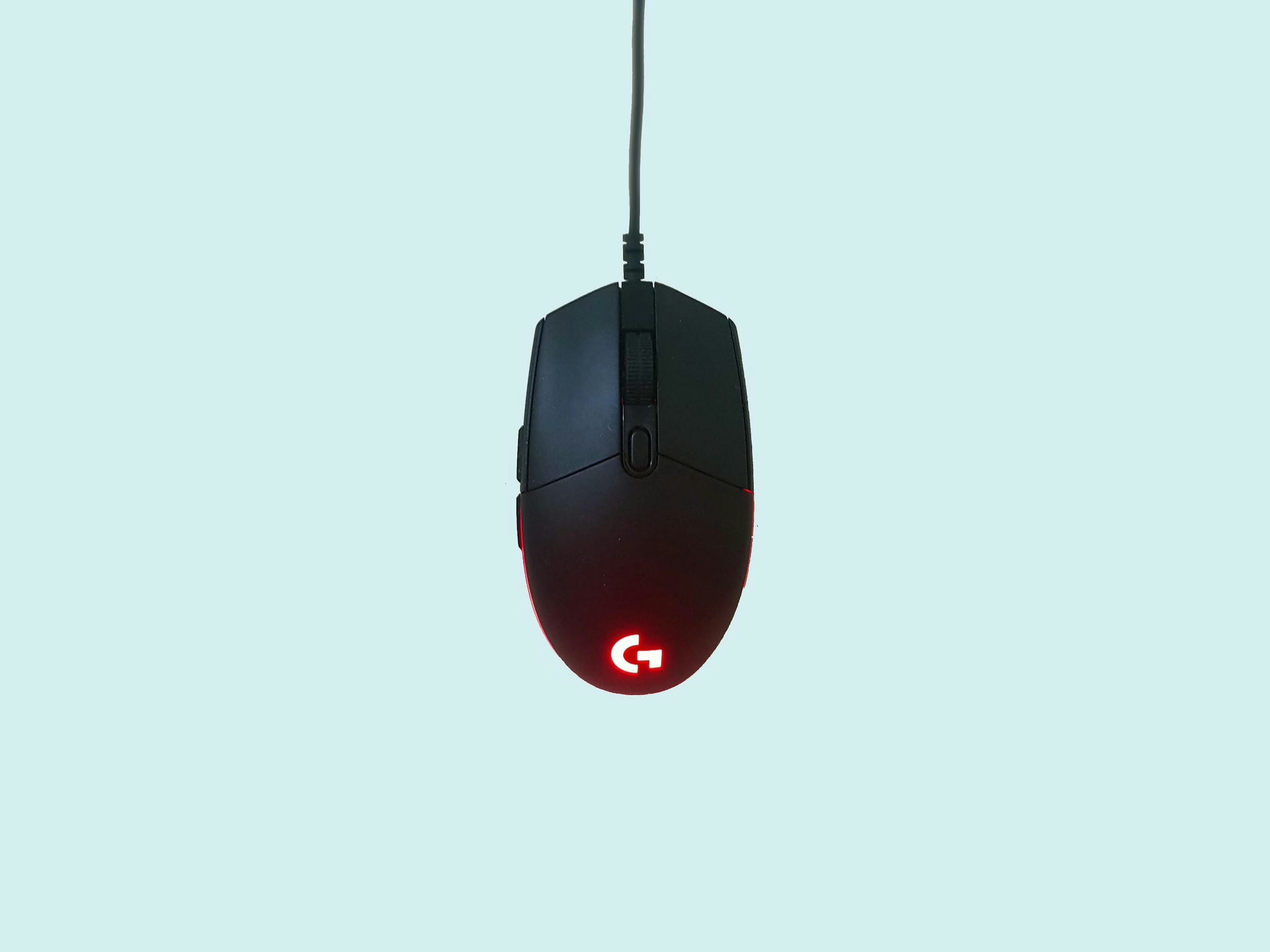In the competitive realm of gaming, precision and accuracy are critical factors that can significantly influence a player's performance. Among the many features of gaming mice, sensor smoothing has been a topic of extensive debate. While it is designed to enhance cursor movement by creating smoother transitions, its utility in gaming has been questioned due to its potential impact on performance.
This guide delves into the concept of mouse sensor smoothing, its implementation, its effects on gaming performance, and the broader industry perspective on the technology.
Table of Contents
Understanding mouse sensor smoothing
Mouse sensor smoothing is a technology implemented in gaming mice to create smoother cursor movements on the screen. This is achieved through hardware or software mechanisms within the mouse. The mouse's firmware or optical sensor averages multiple data points to predict the next position of the cursor using a pre-set algorithm. The primary intention of this feature is to eliminate jitter and provide a more fluid motion, which can enhance the user experience in non-gaming scenarios.
Historically, mouse smoothing was introduced to address the limitations of older mouse sensors. These sensors lacked the precision of modern optical sensors and often produced abrupt cursor movements due to their low DPI (dots per inch) capabilities. Manufacturers implemented smoothing to predict the user's intended movement and create a visually appealing, uninterrupted cursor motion (ProSettings.net, 2022).
The impact of sensor smoothing on gaming
Advantages of sensor smoothing
- Enhanced Visual Smoothness: For casual users or those using older hardware, smoothing can reduce jitter and create a more visually appealing cursor movement. This can be beneficial in non-gaming scenarios, such as office work or general computer use (ProSettings.net, 2022).
- Improved User Experience in Low-Precision Tasks: In environments where pixel-perfect precision is not required, smoothing can make the mouse feel more responsive and fluid.
Disadvantages of sensor smoothing in gaming
For competitive gaming, where precision and immediate responsiveness are paramount, sensor smoothing can introduce several disadvantages:
- Latency Issues: Smoothing adds a layer of processing to the raw input, which can result in input lag. This delay, even if minimal, can disrupt the player's ability to respond quickly in fast-paced gaming scenarios.
- Loss of Precision: By predicting cursor movements, smoothing can cause the cursor to deviate slightly from the player's actual input. This "floaty" feeling can lead to missed shots or inaccurate movements, particularly in first-person shooter (FPS) games (ProSettings.net, 2022).
- Unnatural Cursor Behavior: Human hand movements are rarely perfectly straight or predictable. Smoothing algorithms may "correct" these movements, causing the cursor to skip past small but critical targets, such as an enemy's head in a shooter game (ProSettings.net, 2022).
- Counterproductive for High-Performance Gaming: Within the gaming community and among hardware manufacturers, the consensus is that minimizing or eliminating smoothing is essential for optimal gaming performance. Gamers are advised to prioritize mice with sensors that offer raw, unaltered input across all DPI levels.
Industry perspective on sensor smoothing
The shift toward zero smoothing
Modern gaming mice are designed with advanced optical sensors that offer high DPI counts and raw input capabilities. These sensors eliminate the need for smoothing, as they can accurately track even the smallest movements without introducing jitter. As a result, many manufacturers now market their mice as having "zero smoothing" to appeal to competitive gamers.
Innovations in gaming mouse technology
In addition to eliminating smoothing, manufacturers are incorporating other features to enhance gaming performance. These include:
- Adjustable DPI Settings: Allowing users to customize sensitivity for different gaming scenarios.
- Onboard Memory: Enabling the storage of multiple profiles for quick transitions between game setups.
- Mechanical Switches: Providing tactile, responsive clicks rated for millions of actuations (Alibaba.com Reads, 2024).
Alternatives to sensor smoothing
For gamers who experience jitter or erratic cursor movements, there are alternative solutions to sensor smoothing:
- Sensor Calibration: Proper calibration ensures accurate tracking and eliminates the need for smoothing. This typically involves placing the mouse on a flat, non-reflective surface and using the manufacturer's calibration utility (ClickingSpeedTester, 2024).
- High-Quality Mouse Pads: Using a mouse pad designed for gaming can improve sensor performance and reduce jitter (ClickingSpeedTester, 2024).
- Upgrading to Modern Sensors: Investing in a gaming mouse with a high-quality optical sensor can provide raw input without the drawbacks of smoothing (Forgeary, 2024).
Community feedback on sensor smoothing
The gaming community has expressed strong opinions against sensor smoothing. On forums like Reddit, gamers frequently discuss the negative impact of smoothing on gameplay. For instance, one user described the experience as "wrestling with a block of ice," highlighting the unnatural and frustrating feel of smoothed cursor movements (Reddit, 2024).
Conclusion
Mouse sensor smoothing, while beneficial in certain contexts, is largely counterproductive for competitive gaming. The technology introduces latency and reduces precision, which are critical drawbacks in high-performance scenarios. Modern gaming mice have largely moved away from smoothing, offering raw input and advanced features to meet the demands of professional and competitive gamers.
Gamers seeking optimal performance should prioritize mice with high-quality sensors that provide unaltered input. Additionally, proper sensor calibration and the use of gaming-specific accessories can further enhance accuracy and responsiveness.

